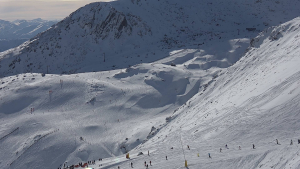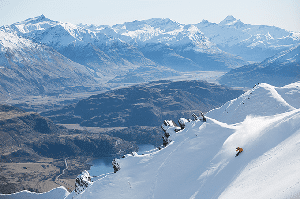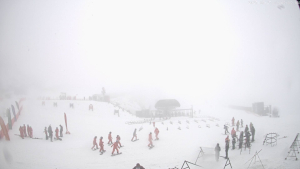Travel Insurance – What’s Right For You?
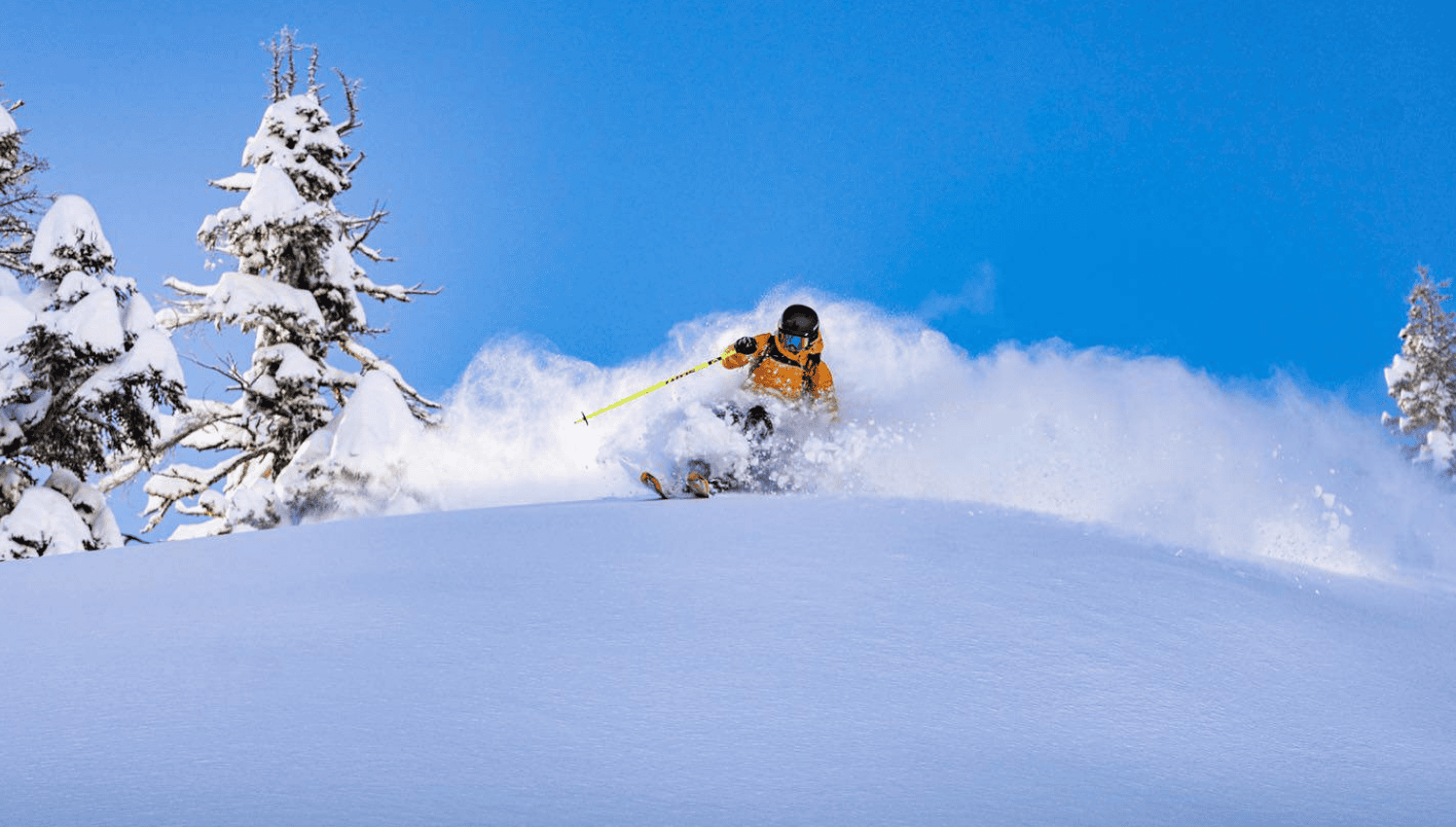
Mountainwatch | Tessa Birch
Before heading overseas every skier and boarder should double-check that their travel insurance fits their needs. Finding the right policy, reading the fine print in the PDS (product disclosure statement) declaring existing medical conditions and knowing your rights are key.
Skiers and boarders can now choose from a greater range of flexible, and often cheaper, travel insurance products. There are annual policies for the intrepid traveller and insurance products aimed specifically at snow sports, such as Covermore’s Snow Sports and Snow Sports + packages and Ski Insurance.com.au.
Then there is HCF’s accident cover, Flip – which can be used with other insurance for added protection specifically for injuries. With so much choice it even more important for snow sports travellers to do their homework and choose the right policy.

Off piste or on piste, that is the question.
Knowing how both your insurance policy and the places you will be travelling define “off piste” is crucial. In Europe, anything outside of the trail marker posts is considered “off piste”. Three years ago a friend I was skiing with in Val d’Isere fell awkwardly while sneaking some turns in little patch of fresh right next to the (green) run. He was taken to hospital in a helicopter (torn ACL) and we were left to beg ski patrol to change the words in their report from “off piste” to “in the resort” so his generic travel insurance policy would accept his claim.
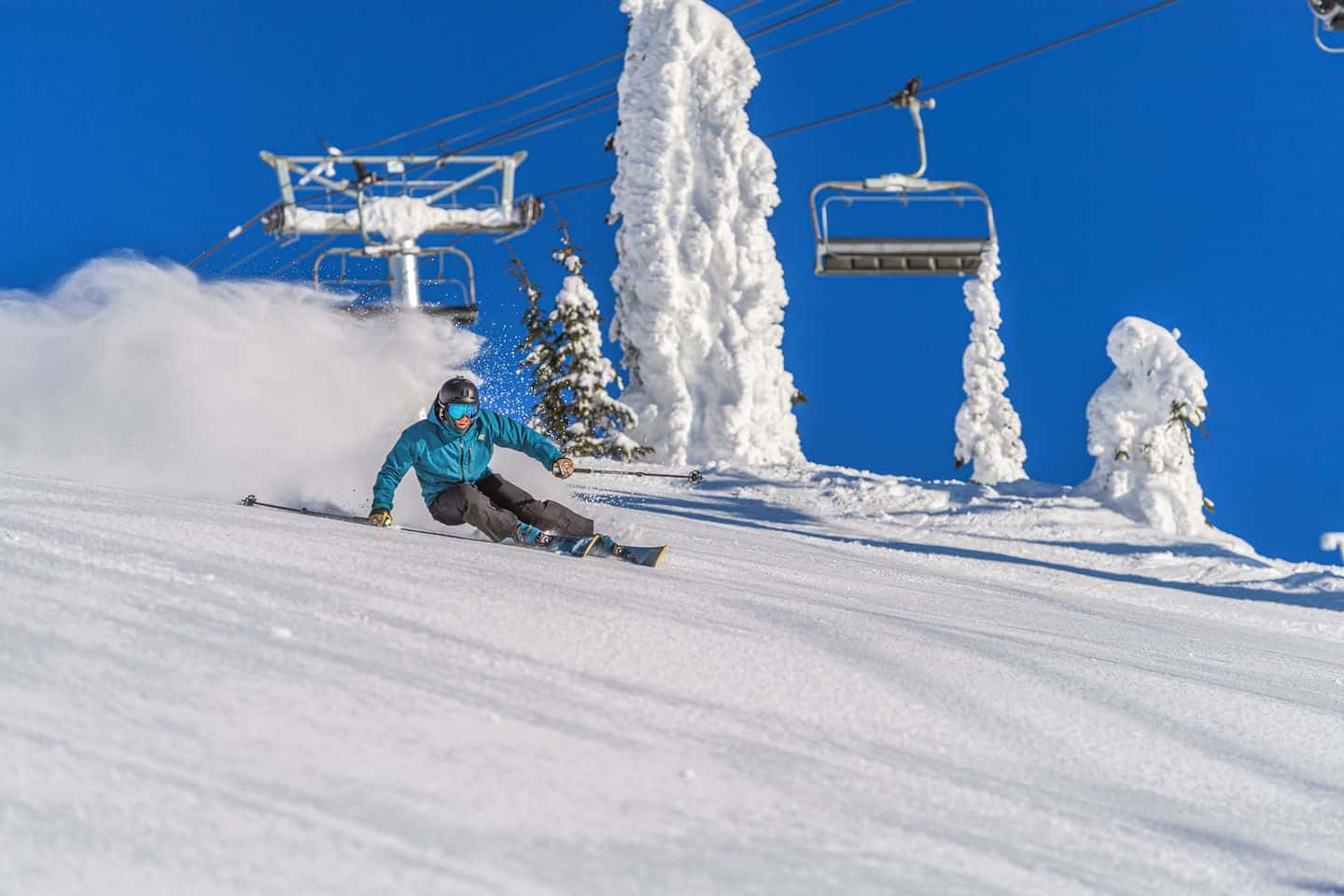
The policies that do cover off piste are very specific and often have different caveats of which you need to be aware. Fast Cover’s snow insurance does cover off piste, but only if you are with a “professional instructor/guide” while Freely Travel Insurance specifies that its snow insurance does covers off piste “provided you are not going against local advice or warning”.
So, if you ignore ski patrol directives and duck a rope or enter a closed area and are injured you’re chances of making a successful claim are slim. That is the case with nearly all policies that cover off piste and something to be aware of, particularly in Japan when many resorts still restrict off piste terrain and tree skiing.
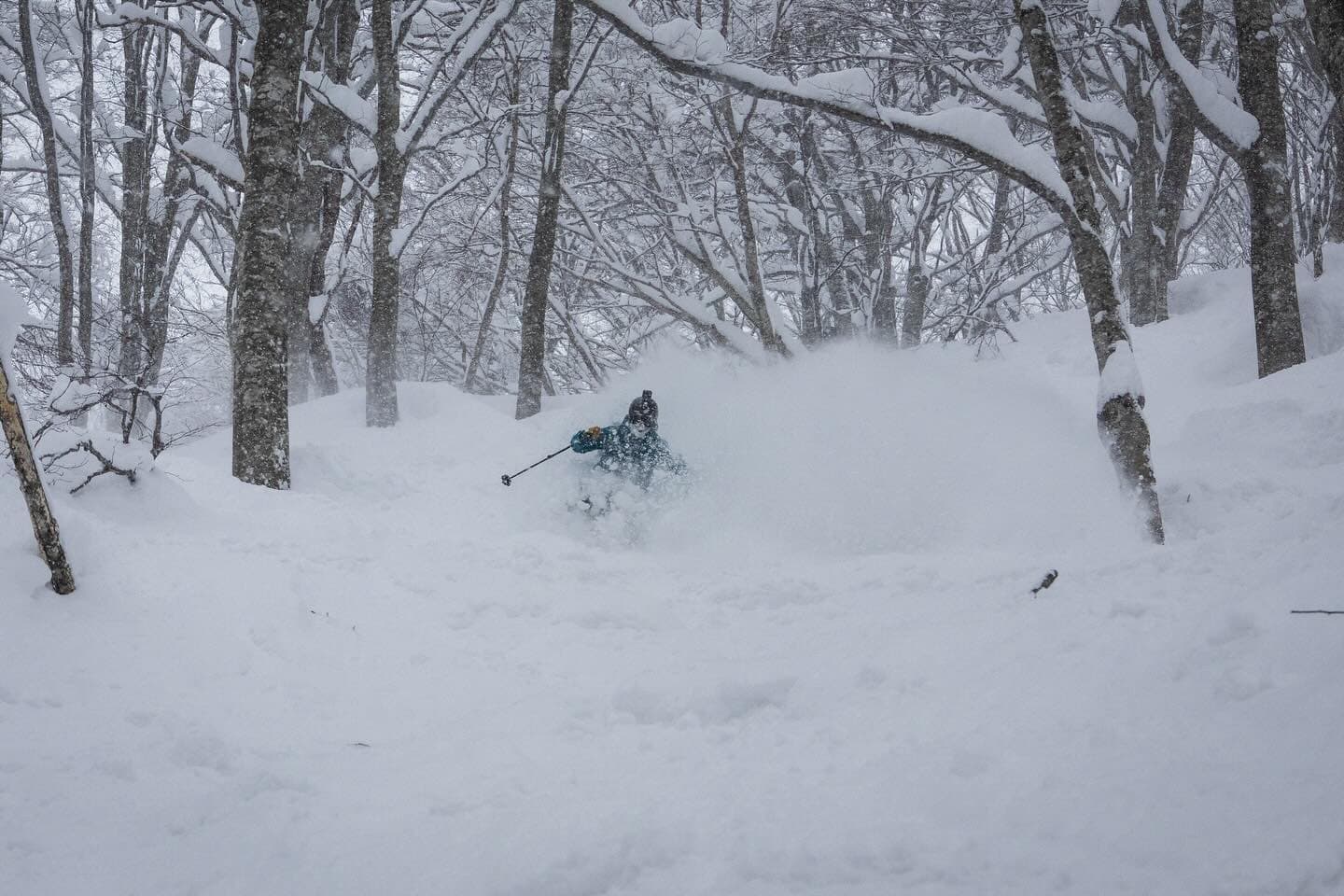
Reggae Elliss recounts a story he heard of an Australian woman in Nozawa Japan who broke her leg in a closed area of trees within the resort and had to be evacuated by helicopter. Her insurance did not cover her. In this particular story the woman was in a closed area, which is commonly excluded by insurance policies. But Ski Insurance.com.au confirms that it does not cover tree skiing in Japan, even when the area is open.
More people are heading into the backcountry overseas trips which requires policies that go a little further. There are policies that not only cover off-piste and but also the backcountry, such as Covermore’s Snow Sports + package, favoured by sports photographer Tony “Harro” Harrington. With decades of experience travelling to ski and photograph some of the hardest to reach places in Europe and North America, Harro says he looks for policies that offer good add-on cover for backcountry. He also works with his travel agent to ensure he gets the right insurance package.
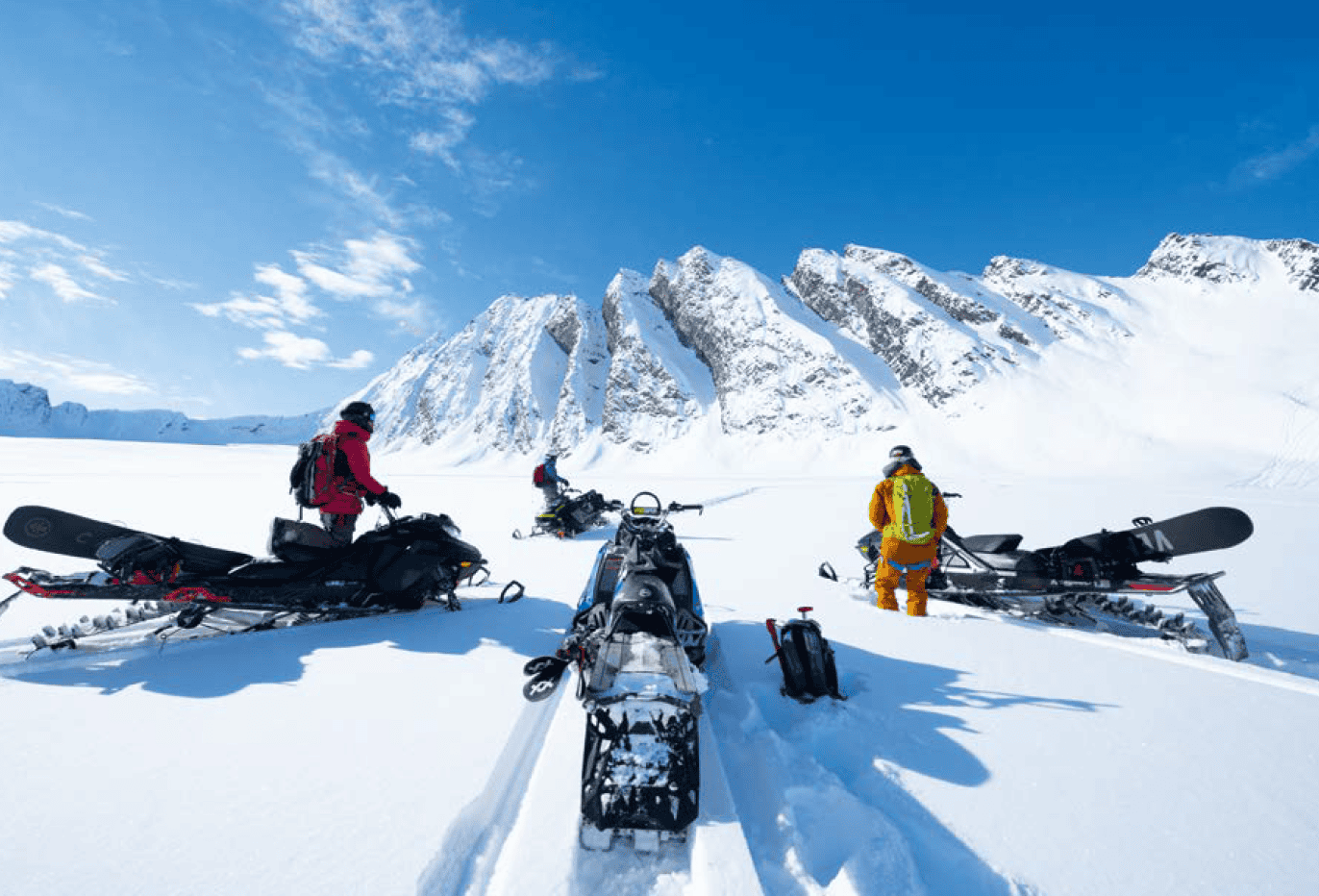
Harro says he makes sure to do his research before going into the backcountry, so he has a suitable plan and equipment if something goes wrong. This includes knowing which plan will fit your insurance policy.
“I always take a Garmin InReach Explorer (a handheld satellite communicator) with me in the backcountry. I got this after a huge wake up call. We were in the Tahoe backcountry when a friend destroyed his knee. It was bitterly cold, and our three iPhones batteries died. It was only by stroke of luck that I had seen Jeremy Jones playing around in a previous gully, so I skied back and thank fully he was there, and he had a backup power supply to get our phone working again (another must)!
We managed to call our friends at Palisades Tahoe ski patrol who suggested not to call the ambulance, as this service would have cost more than $40,000. Instead we called California Highway Patrol who flew in with a helicopter and long line to pull Matt out of the deep wooded area we were in.”
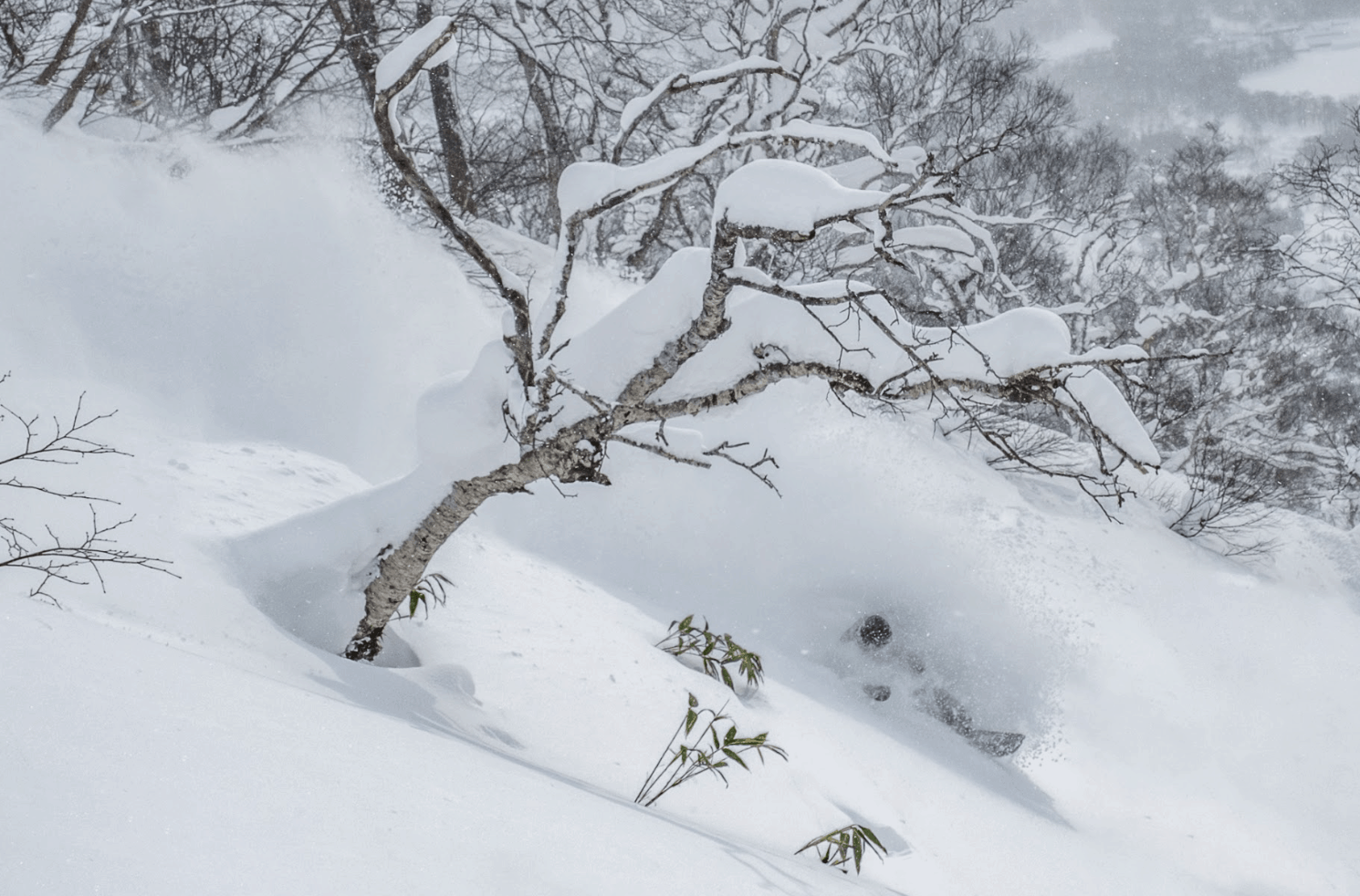
In Harro’s story, there were rescue options with varied costs. This is also true in parts of Europe, where mountain rescue by helicopter is provided by the local government while ski patrol is run by the resort. A good backcountry plan involves knowing which one will be accepted by your insurer if you need it.
For the really intrepid skier or boarder, there are adventure sports insurers that provide rescue and repatriation services if you have an accident in the wilderness. These often take the form of a membership, such as the Austrian based Alpenverein Weltweit Service. Which offers its members rescue, repatriation and treatment cover for any accidents during “leisure activities” with very few exclusions, the main ones being participating in competitions, free solo rock climbing and travel to the Arctic. Is also available to non-Austrian residents.
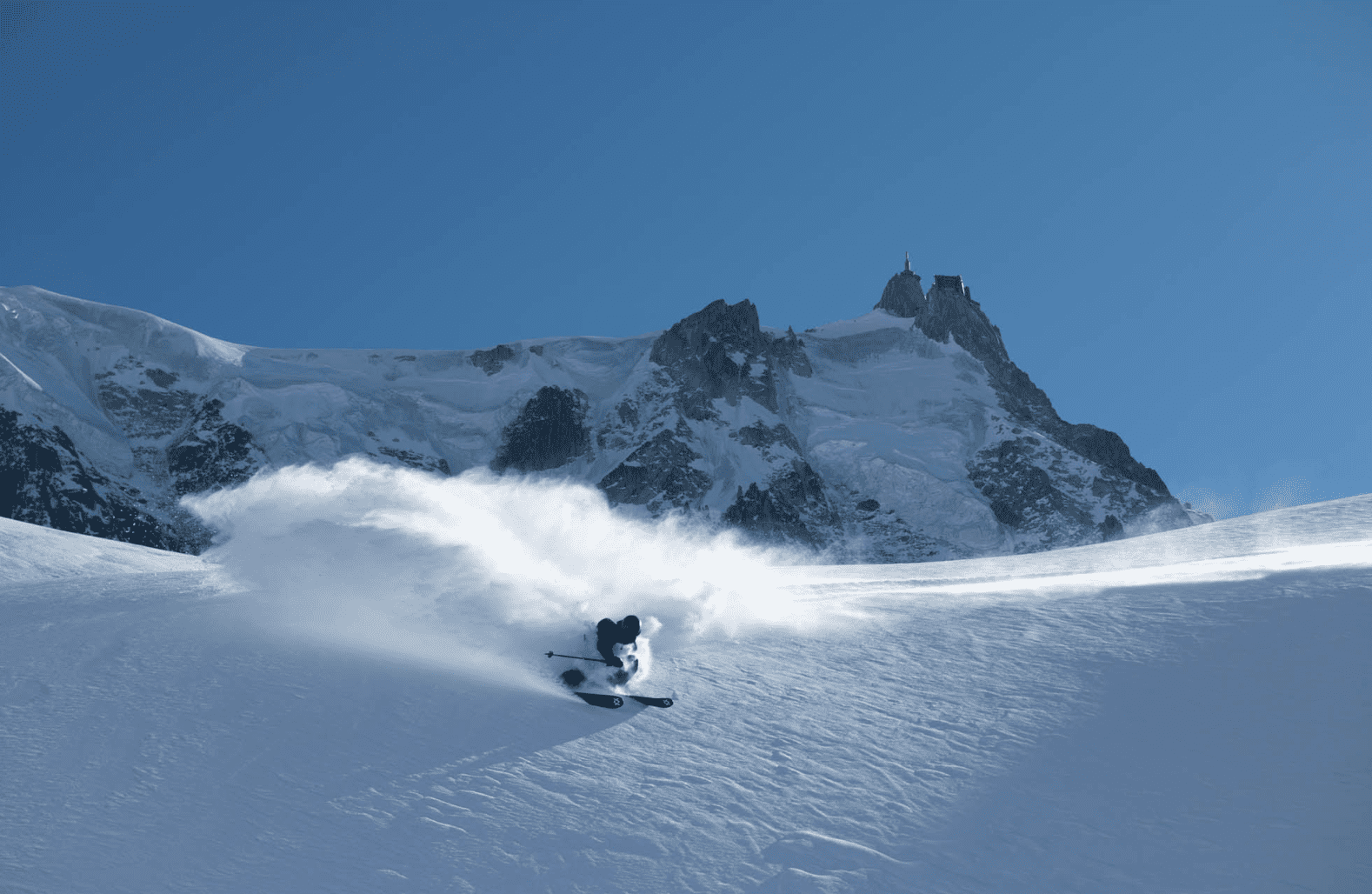
Will the cover limit cover your limits?
Ambulances (or helicopters), scans and x-rays, surgery and hospital stays can add up quickly, especially the USA – notorious for expensive medical care. You should make sure your policy limits are enough to cover the kinds of costs you might face if you have a bad accident. Additionally, check how your policy pays out claims.
If you’re expected to pay upfront and claim the costs back from the insurer, will you have the funds to do so? Flip, for example has a $70,000 cover limit and requires you to pay first and be reimbursed. To give another personal example, I broke a leg skiing in Colorado. While the major costs were covered directly by the insurer, I had to outlay what ended up being thousands of dollars for medications, crutches and other necessities and claim the costs back from the insurer when I got home.
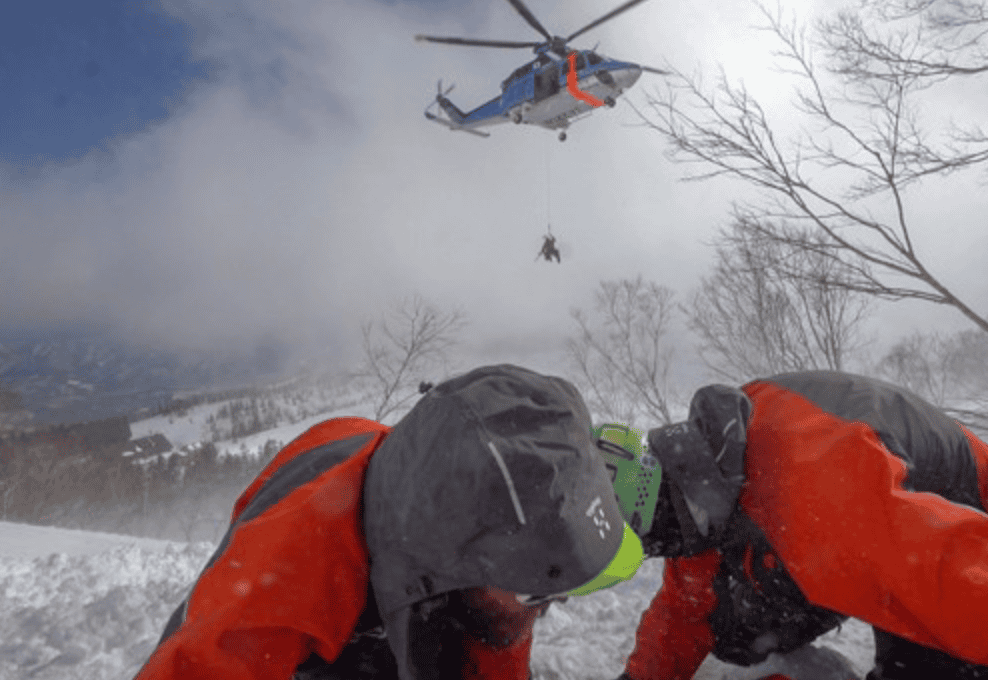
Don’t let old injuries be your downfall.
Almost every travel insurance policy excludes cover for pre-existing conditions or requires you to pay an additional premium. Insurers define pre-existing conditions differently and often have different disclosure obligations. Flip’s Product Disclosure Statement (PDS) states it does not provide cover for pre-existing conditions but does not define what this means. Covermore, gives a wide definition of pre-existing conditions in its PDS which includes anything which is “ongoing” and is medically documented.
For a previous article on Mountainwatch.com on this topic, Peter Hardhan, the Panel Chair of the General Insurance Division of the Financial Ombudsman, which then dealt with travel insurance complaints, recounted a story of a dispute in which the injured was a young man with an existing back problem. When he took out the policy he was asked if a pain specialist had ever treated him, to which he truthfully answered no.
“Inevitably he had the fall (skiing) and the company discovered about this existing condition,” said Hardhan. It didn’t want to honour the claim but because their question had been poorly worded, the man wasn’t asked if he had a pre-existing medical condition, it had to. “He was lucky,” Hardhan adds.
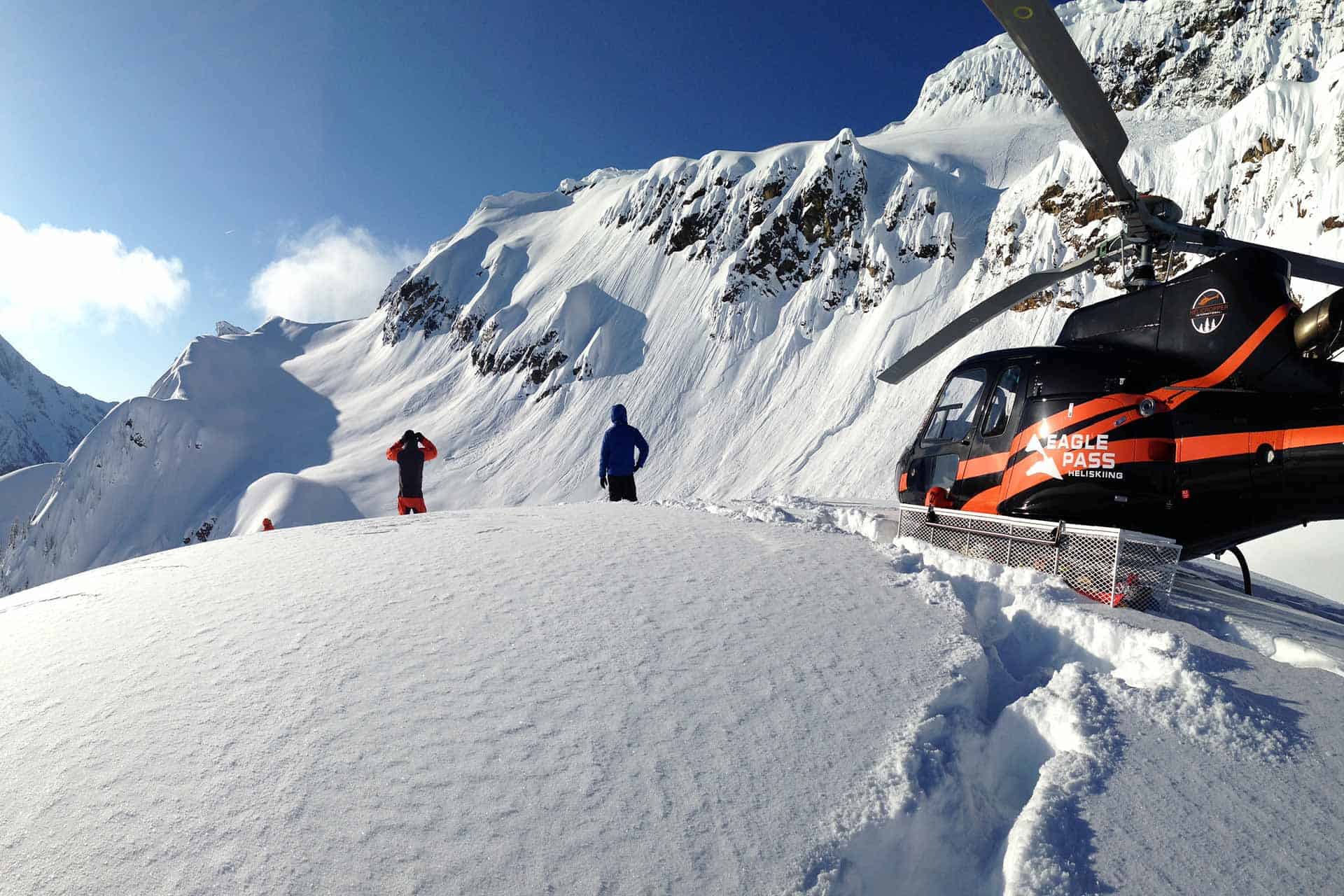
We see you, ski racer, heli boarder, backcountry warrior and so does your insurer.
Cover for snow sports does not necessarily mean cover for snow sports in all forms. Even a fun run through the gates or a casual bit of race training might be considered “ski racing” by an insurer and excluded from a basic policy. Heli skiing and back country skiing are also often excluded unless an additional package premium is paid. Even the all-encompassing Alpenverein Weltweit Service does not provide cover for competitions or training for competitions.
Snow Australia provides advice and insurance options for Australians intending to travel overseas to train and compete in snow sports competitions. It includes Travel Creators, a comprehensive travel insurance policy that includes cover for competitions (but not ski cross) and Global Albatross, an international health insurance offering that covers medical care for athletes, coaches and officials.
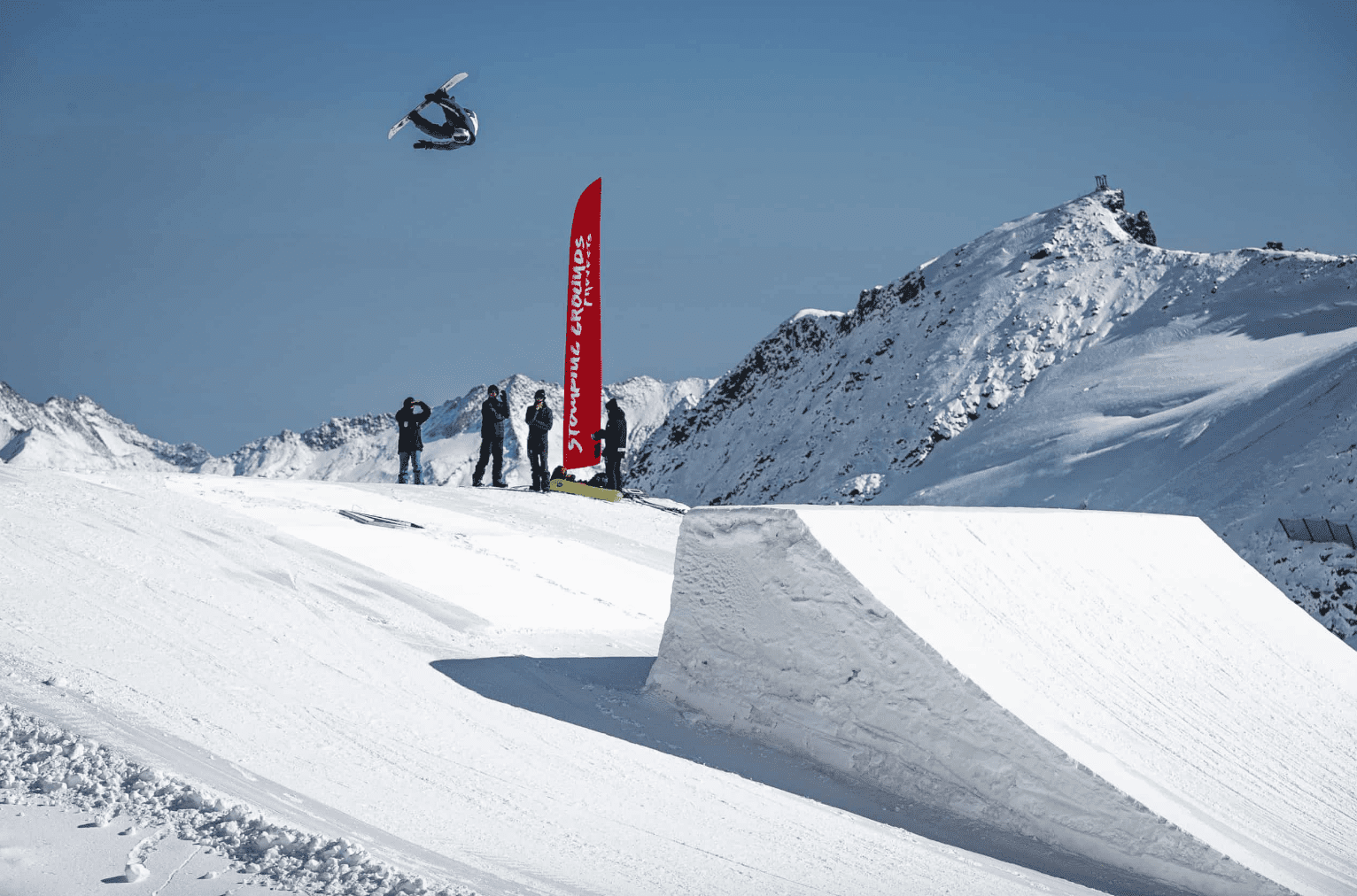
How do you value your valuables.
How your policy covers delayed luggage could make or break your ski holiday. If you want the right to buy or hire what you need to get straight on the slopes make sure your policy suits your needs. Covermore gives $300 per item up to either $1000 (comprehensive policy) or $1400 (comprehensive + policy) delayed luggage cover.
The PDS says this is for toiletries and a change of clothing. By contrast, Ski Insurance.com says it will cover purchases to replace delayed luggage “where it was reasonable” for you to make the purchase. It also has additional and specific cover to allow you to replace or hire lost ski or snowboard equipment.
With all the new insurance products in the market, there is a policy for (almost) everyone but do your homework and make sure the policy you have is the one you need.
